Excellent Analog Sound Has Set the Bar High
Thanks to a rediscovery of vinyl records, I have been listening to a lot more music. Consequently, I upgraded my phono pre-amp to a Pro-Ject Tube Box S and purchased an audiophile quality phono cartridge, a Grado Statement Sonata 1. Normally I would not consider such an expensive cartridge, but I was lucky enough to buy it for nearly half price from a high end hi-fi shop who is no longer a Grado dealer and is liquidating old stock. This analog combination sounds fantastic and has taken my enjoyment of music to new heights. It is warm, detailed, dynamic, clear, engaging and does not cause listener fatigue.
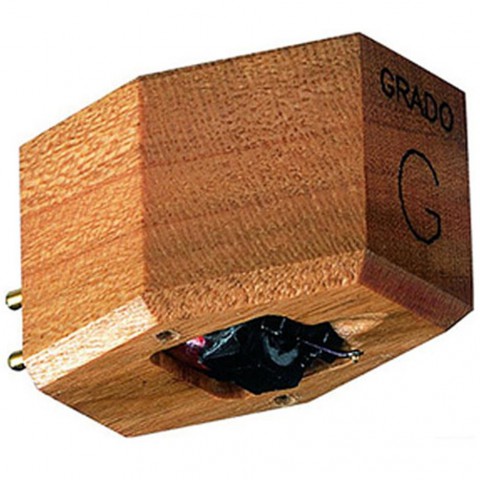
Digital Audio Has Lost its Lustre
My turntable and phono cartridge combination have caused a problem. When I listen to digital audio on my system, it lacks “something” compared to a well produced vinyl recording. As a first step to getting better digital audio, I purchased a good DAC, the Cambridge Audio DacMagic Plus, which has earned many positive professional reviews. Ken Rockwell, says it is one of the best DACs he has tested and I do not doubt that it surpasses the quality of some much costlier units. The DACMagic Plus is a definite upgrade over the aging Asus Xonar HDAV 1.3 sound card in my PC. It is a fine sounding piece of gear, but there is room for improvement.
Compared to listening to vinyl records on my system, the DAC’s sound stage is less three dimensional, there is a somewhat brittle and recessed sound signature that lets you know that you are listening to CD audio. Namely some of detail, warmth and dynamics are missing and listener fatigue quickly sets in. The DacMagic Plus is doing its job very well and is revealing the shortcomings of CD audio.
Before audiophiles attack my statements, I believe that I am doing all the right things to maximize the quality of my digital source. Most of my music files are ripped in lossless FLAC format from CD’s. I also have a collection of MP3 files in 320 kbps, 24 bit/96 Khz re-mastered albums and a number of SACD albums on my server. The latter two formats definitely sound better than CD audio or MP3. I play the files through JRiver or Foobar2000 using the ASIO driver for the DacMagic Plus, so everything is output bit perfect output via asynchronous USB 2.0, which should be immune from jitter. I am using a very good quality USB cable, so I know the DAC is performing optimally.
I am not going to get into a debate of whether CD’s or vinyl sounds better. That issue has been beaten to death on the internet. A well mastered CD can sound great and is better than a poorly produced record. Conversely, A well mastered record on 180g vinyl will sound much better than a poorly mastered CD. Also, I find with a good DAC, 24 bit/96 Khz audio sounds amazing, much better than CD audio. I think many of the perceived differences can be traced back to the quality of source equipment (ie: DACs, turntables and cartridges).
Digital To Analog Converters are Not Acoustically Neutral
Converting the bits in digital music to an analog signal involves a considerable array of converging technologies, all of which can alter and shape the acoustical characteristics of the sound. For example, the quality of the DAC chips, the on-board filtering and anti-aliasing algorithms, over sampling rates and perhaps most importantly, the final analog output stage, all play a role here. Most DAC output stages use one or more op-amps that can have their own acoustical signatures. Some DACs use tube output stages and that can also affect the sound.
Engineers have some leeway in how a DAC shape the final waveform via digital output filters. The Cambridge DACMagic Plus allows one to select among three digital filtering algorithms which make subtle changes to the sound. Turns out digital is not such a pure thing as one thinks. With DACs, just like turntables and phono cartridges, you tend to get what you pay for. For example, my Grado cartridge sounds a lot warmer and fuller than the “analytical” Ortofon 2M Blue cartridge it replaced. Just like analog sources, DACs can have their own signature sounds. Question is, which one do you like? That will depend on your taste in music, speakers, amplifiers, room acoustics, etc.
A Budget Solution to Better Digital Sound
Since I do not have thousands of dollars to spend on a high-end DAC, I was wondering if there is anything I can do to improve the sound of the modestly priced DacMagic Plus. Perhaps, if one shapes and alters the analog output signal, it could make a positive improvement.
I happen to like the sound of vacuum tubes. My phono pre-amp uses tubes and it sounds fantastic. My headphone amps are tube based and I prefer their sound over solid state. In a perfect world, my pre-amp and power amplifier would all be tube driven, but I cannot afford it. A high quality tube based amplification system which can drive my power thirsty Martin-Logan SL-3’s speakers under load would cost me well over $7000 (even if buy used). I have to find a budget solution, one that will cost me between $200 and $300. This is where tube buffers may come in handy.
About 20 years ago I owned a Musical Fidelity X-10D vacuum tube buffer, which is a line level pre-amplifier device that hooks up between a CD player and preamp. Back then, most CD players had mediocre output stages, the X-10D promised to improve sound by buffering the analog signal and passing it through a vacuum tube circuit. No gain is applied in the circuit, so input and output volume are the same. It made a noticeable difference on cheap CD players, but its benefits tended to vanish with a good CD player. When I got my first “audiophile” CD player, the X-10D was relegated to gathering dust. Eventually it died and I tossed it in the garbage, so the search was on for a new alternative.
Getting Some Vacuum Tube Goodness Into The DAC’s Output
Tube buffer stages are still manufactured and two popular units are the Chinese Yaqin SD-CD2 and SD-CD3, which are typically sold on Ebay. I opted to consider the SD-CD3 since it is the better of the two units. The Yaqin SD-CD3 has received some positive online reviews, so I ordered one from Ebay for $195 USD shipped.
I am not going to do a technical review here. The specs for the SD-CD3 are found online. I am more interested in how it will affect the sound of my stereo system. It will be hooked up between the Cambridge Audio DACMagic Plus and a Marantz SR-6007 AV receiver, which serves as a pre-amp to an Emotiva XPA-2 Gen 2 power amplifier. Some people connect tube buffers between their pre-amp and power amp, however, for now I will connect it to the DAC. The online community consensus suggests that is the best solution.

The Yaqin CD3 arrived in a large, generic looking box, about three times the size of the unit. It is very well padded and can survive some abuse in transit. Since Yaqin is a small company, they spend their money on technology, not translation services, as evidenced by the chinglish manual. There is also a weird smell, like stale manufacturing oil, that tells you this is a budget component. Right out of the box, this thing has some character.
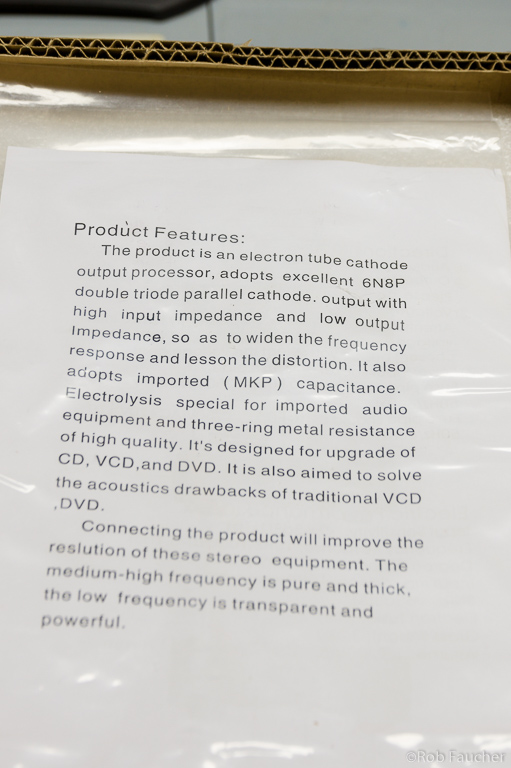
Everything looked intact on the CD3 and for a $200 component, it is surprisingly well made. It has a solid aluminum chassis, a hefty transformer and some funky looking metal shields around the 68NP tubes.
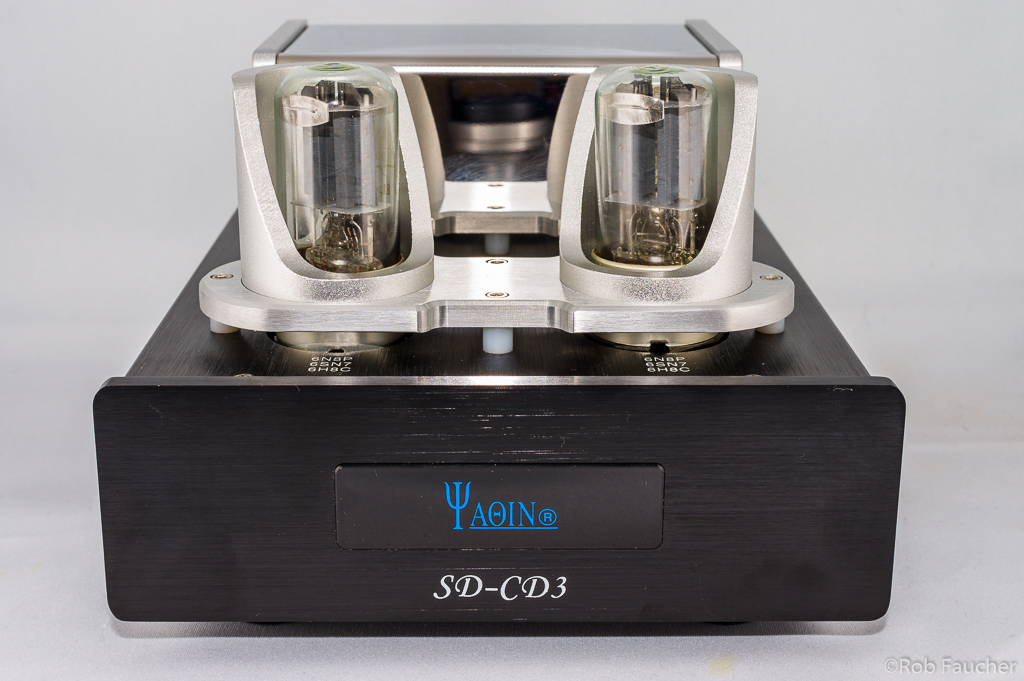
The SD-CD3 is shipped with a pair of generic Chinese 68NP vacuum tubes. I suppose they do a decent job, but I know there are better tubes out there. Ideally, the best upgrade would be pair of matched “new old stock” (NOS) tubes. NOS is unused stock of vintage tubes manufactured in the USA, Canada, Britain, Germany, Holland, Japan, Russia, etc. Although decades old, NOS tubes, especially from Britain or the USA, command high prices due to their rarity and excellent sound. I am not going to spend hundreds on a pair of tubes for a budget component. There are affordable alternatives.
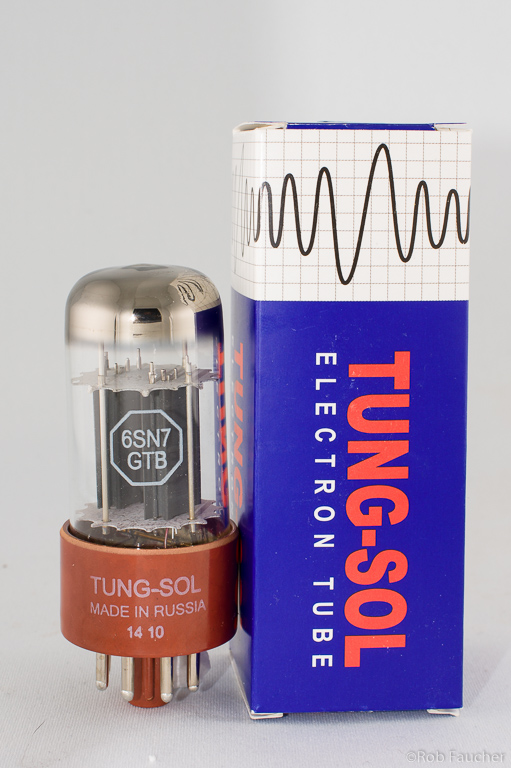
Before the Yaqin SD-CD3 arrived, I wanted to have better tubes on hand. I did a fair bit of online research and decided on a pair of matched Tung-Sol 6SN7s, ordered from The Tube Store in Hamilton, Ontario. The quality of Russian made tubes has come a long way in the last decade. Tube connoisseurs will argue they are not as good as NOS, which they probably aren’t, but at 1/4 to 1/3 the price of premium NOS tubes, they are still superior to the tubes shipped with the SD-CD3.
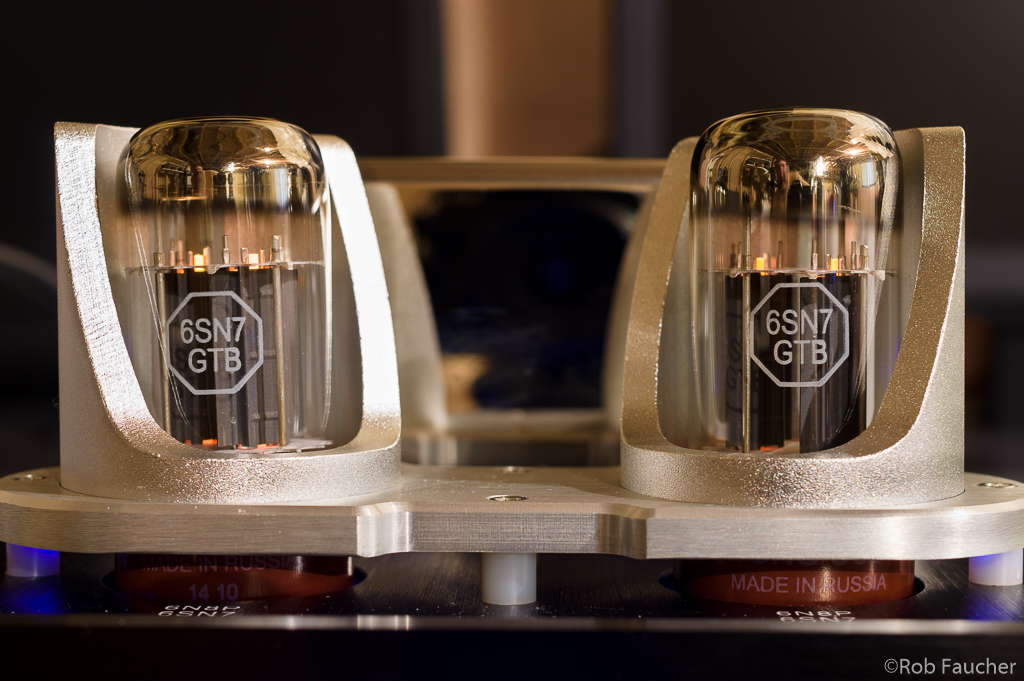
First Impressions
Once the Tung-Sol tubes were in place, it was time to power up the Yaqin SD-CD3 and test it. At first I was horrified, because there was a loud hum and thought it was a lemon! Thankfully, the problem was the result of some defective RCA cables. As soon as I replaced the cables, the hum vanished and the unit is completely silent.
I let the tubes burn in for an hour and tested music with and without the Yaqin CD-3 connected. My first impression is generally positive. The sound stage is wider, the instruments seem to be present in a 3d space, just like I am used to with good vinyl records. The sound is a bit warmer and detail on acoustical instruments has been given a slight boost. I found it counter-intuitive that the most apparent improvement seems to be with higher resolution music files, such as 24bit/96 Khz and SACD audio. If anything, the differences it has made to the sound are subtle and good. I think I will keep it.
This is by no means my final assessment of the Yaqin CD3. Vacuum tubes require dozens of hours to break in and sound their best. I am leaving it powered on for a week and then after several hours of listening, I will post my review on how it has changed the sound of my DAC.
Maybe I will start listening to digital music all over again and enjoy it as much as I do vinyl records.


Just ordered one. Hope it helps. Already using a EAR834(had the original 20 years ago, sold it , stupid) Chinese clone. Pretty good sound actually. Hoping to improve on it.
I also have an EAR834P chinese clone and it sounds great but it’s quite picky with the tubes you put in it. As the EAR834P is not the usual “one tube, one channel” design sound can be customized mixing different tubes from different makers and eras. It took me time, testing and effort and of course money to get to what I call “my killer combination”. As a V1 (that does around 75% of amp) I use a NEC 12AD7. 12AD7 tubes were developed by Sylvania and NEC for the first multitrack tape recorders, they have ultra low noise and almost no hum. They also sound very very smooth, I think they’re perfect as a V1 for this Phono preamp. As a V2 (25% of remaining amp and it also does RIAA de-equalization) I’m using a Siemens branded Ei ECC83 that were made on the former Yugoslavia using both Telefunken tooling and tube design. And a a V3 I’ve opted for not using a 12AX7 but a 12AU7 as this V3 tube works as a “buffer tube” to have current reserve and keep impedance low to keep distorsion low. I’m using a Matsushita 12AU7 that were made on Mullard tooling and used a Mullard design. All these tubes except for the NEC 12AD7 which are very hard to find (even more NOS and new in their original boxes like the ones I own) and expensive, the rest can be get easily and for little money.
Regarding the Yaqin SD-CD3 I have one with two NOS JAN Philips 6SN7 GTA tubes (made for the US military, they were cheap, 50 Euros a pair) coupled with an inexpensive Topping D50 that can play everything you through at it and play it well. This combination gets CD’s sound right but it excells with both DSD and 96-192/24 music files. This combination Philips 6SN7 GTA tubes included didn’t even cost 500 Euros, more like 450 Euros which is a real bargain given its performance.
What type of tubes will fit this YAQIN SD-CD3 ?
Hello Cedric, any member of the 6SN7 family should work.
Hi Rob, I’ve just get a SD-CD3 myself this week, I agree with your post, it sounds great even with the chinese tubes it comes but I’m waiting for a Tung-Sol 6SN7 GTB to replace them. The only thing that seems weird to me is that the Yaqin works turned on and off, I mean that when it’s off, sound still pass to the receiver…what do you think about it?
I don’t know what to make of that. It’s a line buffer stage, so in theory it should not alter the volume at all. Perhaps it’s designed that when turned off, it’s passing the signal directly and when turned on, the signal is processed.
Hi nice review – did you keep the unit in the end and are you still using it? Stick with those valves?
Thanks Marco. I no longer use the Yaqin SD-CD2 as I dug into my pockets and upgraded to a Chord 2Qute DAC. It is definitely better, but costs over 10X more than the Yaqin. For older CD players and lower end DACS, I think the Yaqin is still a nice add-on.